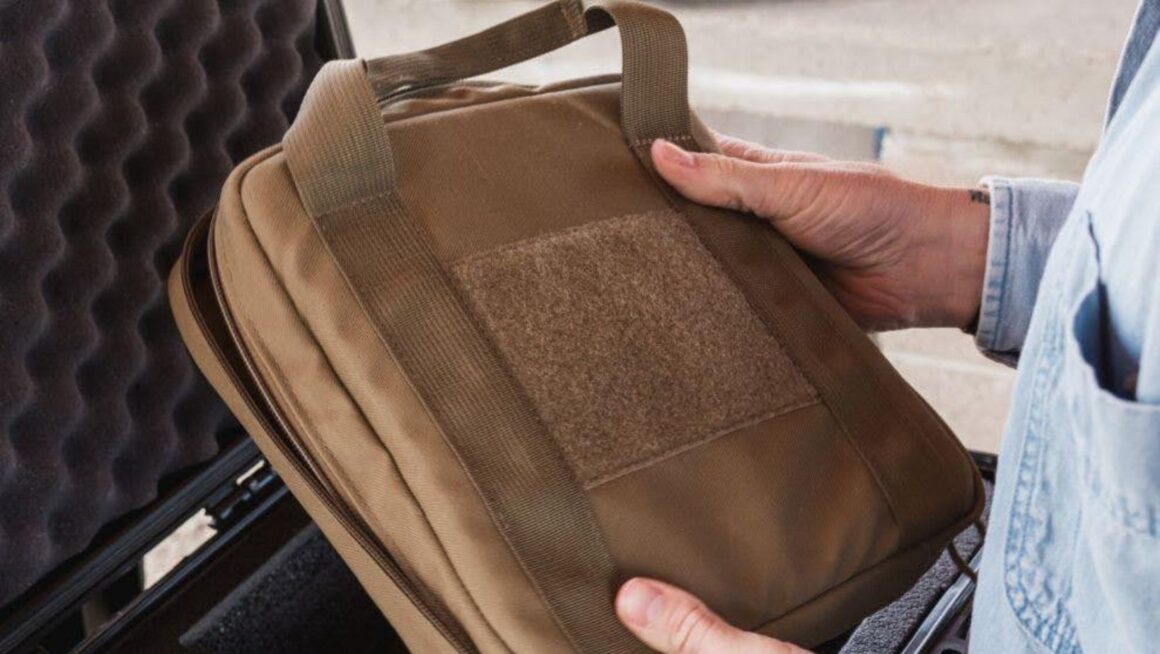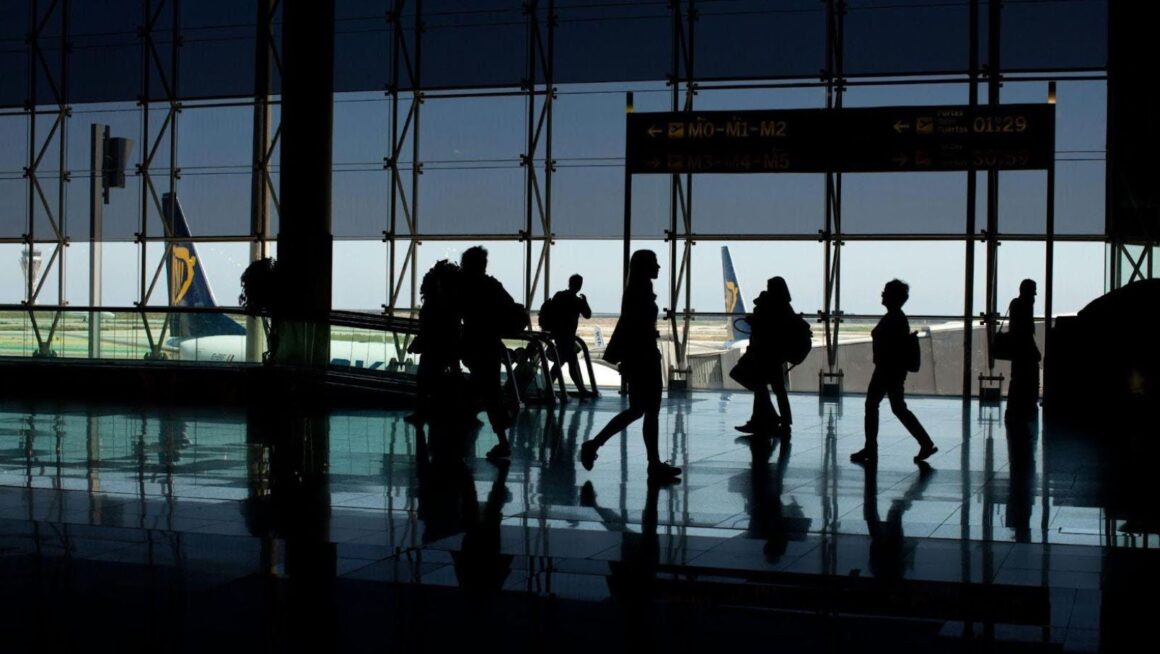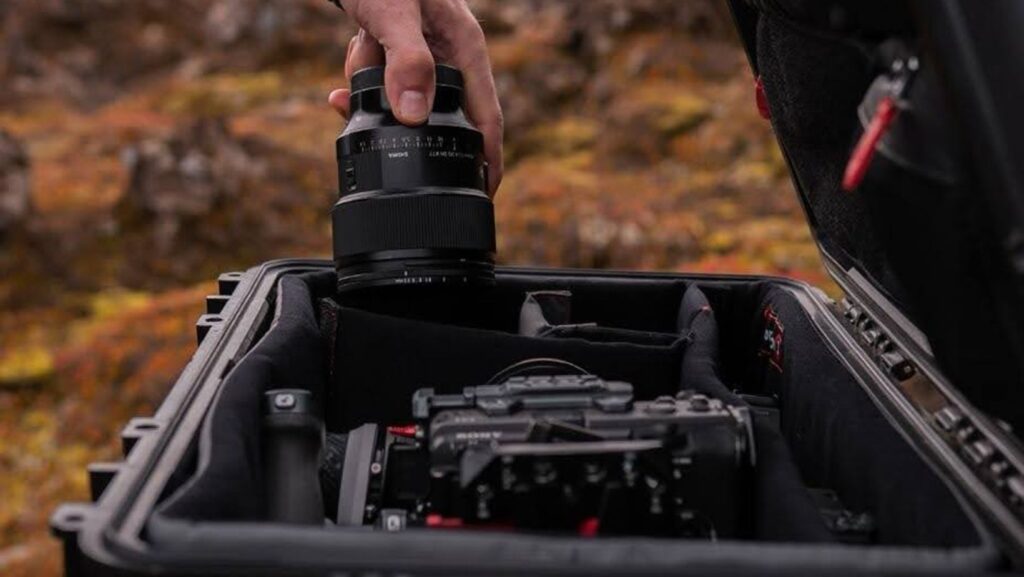Every adventurous photographer or tech professional knows the heart-stopping moment when their gear faces a risky situation while traveling.
Whether you’re hiking through remote landscapes or navigating busy urban environments, protecting your valuable cameras, electronics, and tools requires more than just basic precautions.
From choosing weather-resistant containers with custom-fitted inserts to implementing smart packing strategies that keep your gear concealed, there are proven methods to safeguard your equipment.
In this guide, you’ll discover expert techniques for protecting your valuable gear during challenging trips, ensuring your tools remain safe and functional no matter where your journey takes you.
Selecting Superior Protection for Your Gear
Safeguarding your valuable equipment starts with choosing the right protective case. Strong, weather-resistant containers with custom-fitted inserts create a secure environment that shields your gear from impacts and harsh conditions.
When you’re carrying expensive cameras and tech through challenging environments, a custom soft case for your tech can prevent damage during rough handling and transport.
Smart packing choices make a big difference in keeping your professional equipment safe. It’s crucial to pack strategically, especially since device theft rates have prompted travelers to be more cautious with their gear. Let’s look at essential protection strategies for your valuable items:
- Use shock-absorbing foam inserts that cradle each piece of equipment
- Choose cases with reliable waterproof seals
- Pick cases with sturdy latches and reinforced corners
- Select containers with multiple carrying options for flexibility
The right protective case isn’t just about physical security, it’s about peace of mind. By investing in quality protection solutions, you’ll create a reliable shield for your gear that stands up to the demands of challenging environments.
Remember that proper equipment protection is an investment that pays off by preventing costly damage and replacements during your travels.
Strategizing Discreet and Practical Packing

Keeping a low profile while traveling with expensive gear isn’t just smart, it’s essential for your safety. Choosing understated luggage helps you blend into crowds and avoid drawing unwanted attention to your valuable equipment.
Skip flashy branded camera bags or tech cases that practically advertise what’s inside. Instead, opt for plain, generic-looking bags that won’t catch a thief’s eye.
Smart packing strategies can make all the difference in protecting your gear. Here’s what experienced travelers recommend:
- Use unbranded, neutral-colored bags
- Pack valuable items in carry-on luggage
- Add extra protective padding around fragile equipment
- Distribute weight evenly throughout your bags
- Remove any identifying tags or logos
Security awareness continues to grow, with 86% of students reporting surveillance cameras in their schools. This highlights how visible security measures and careful packing choices work together.
When traveling with expensive gear, keeping things subtle and maintaining vigilant awareness of your surroundings helps reduce risks. Consider breaking down larger equipment into smaller components and using plain packing materials that don’t hint at the valuable contents inside.
This practical approach to packing helps ensure your equipment stays safe throughout your journey.
Organizing Internal Arrangements for Maximum Safety
Smart arrangement of your gear inside cases can make the difference between safe arrival and costly damage. Breaking down your equipment into smaller components before packing helps distribute weight and reduces stress on individual parts.
Using waterproof pouches for small accessories creates an extra barrier against moisture while keeping similar items grouped together.
The way you position items matters greatly for protection during transit. Place heavier equipment at the bottom of your case, this creates a stable foundation and prevents crushing lighter items underneath. Add cushioning between layers to absorb shocks from bumpy rides.
Here’s how to arrange your gear effectively:
- Remove batteries and memory cards from devices
- Wrap cords and cables with velcro straps
- Use dividers between different pieces of equipment
- Pack similar items together in clear pouches
- Add silica gel packets to fight moisture
Taking time to properly label your cases and compartments saves hassle later – you’ll know exactly where everything is without digging through multiple bags. Keep your gear clean before packing, and always double-check that locks are secured.
This organized approach helps prevent damage while making your equipment easy to access when needed.
Navigating Security Protocols and International Regulations

International travel with cameras and tech gear requires careful planning to comply with varying security requirements.
Different countries enforce unique rules about bringing in professional equipment, and what might be acceptable in one location could be restricted in another. Before packing your gear, research specific regulations for each destination to avoid customs hassles or equipment confiscation.
Your gear’s safety depends on smart handling through security checkpoints. Public spaces lack privacy in most countries, so you’ll need extra caution when using tech equipment in shared areas. Here are essential steps to manage security checks smoothly:
- Pack equipment cables and chargers separately for quick access during screening.
- Keep batteries in carry-on bags, as they’re often prohibited in checked luggage.
- Carry equipment documentation and permits where required.
- Remove memory cards and store them separately from main devices.
Setting up a pre-travel checklist helps ensure you’ve covered all security bases. Consider carrying backup storage options and keeping sensitive data encrypted.
Remember that border agents might request access to your devices, so plan accordingly by storing personal information securely and separately from your main equipment.
Safeguarding Investments and Mitigating Risk
Smart travelers know that protecting expensive gear isn’t just about physical security; it’s about having the right financial safeguards too. Equipment-specific insurance policies offer crucial protection for your valuable equipment during challenging trips.
These specialized policies cover theft, accidental damage, and loss, giving you peace of mind while you’re focusing on your work.
Here’s what to consider for comprehensive protection of your gear:
- Get dedicated insurance coverage that specifically mentions cameras, laptops, and professional tools
- Document serial numbers and take photos of all equipment before departure
- Keep digital copies of purchase receipts and insurance documents
- Set up tracking apps on electronic devices
Don’t skip using hotel safes; they’re your first line of defense when you can’t keep gear with you. Regular equipment checks throughout your trip help spot any issues early. I’ve learned to develop a daily ritual of counting and inspecting my gear, especially in new locations.
Before heading to unfamiliar places, research local security practices and common risks. Talk to fellow travelers or local professionals about safe spots for working with expensive equipment – they often know the best areas to avoid unwanted attention.
Travel Safety Tips
Protecting valuable equipment during travel requires more than just quality cases and careful packing; it’s about developing a comprehensive strategy that combines physical protection, smart organization, and risk awareness.
Through proper gear selection, discreet packing methods, and adherence to security protocols, travelers can significantly reduce the risks to their expensive equipment while maintaining efficiency on the road.
For tech-savvy adventurers and professionals alike, the key to successful gear protection lies in balancing accessibility with security, ensuring your tools are both well-protected and ready for action when needed.


More Stories
10 Board Games That Turn Any Quiet Night Into a Laugh Riot With Friends
Five Winter-Friendly Hobbies to Try
The Meh Dai Baby Carrier Is Back — And Parents Can’t Stop Talking About Its Perfect Fit!